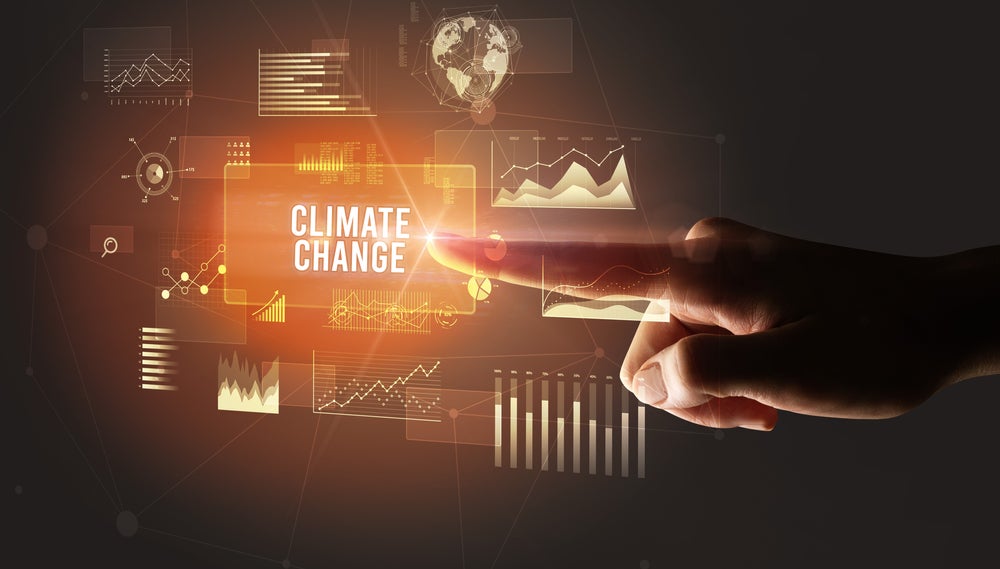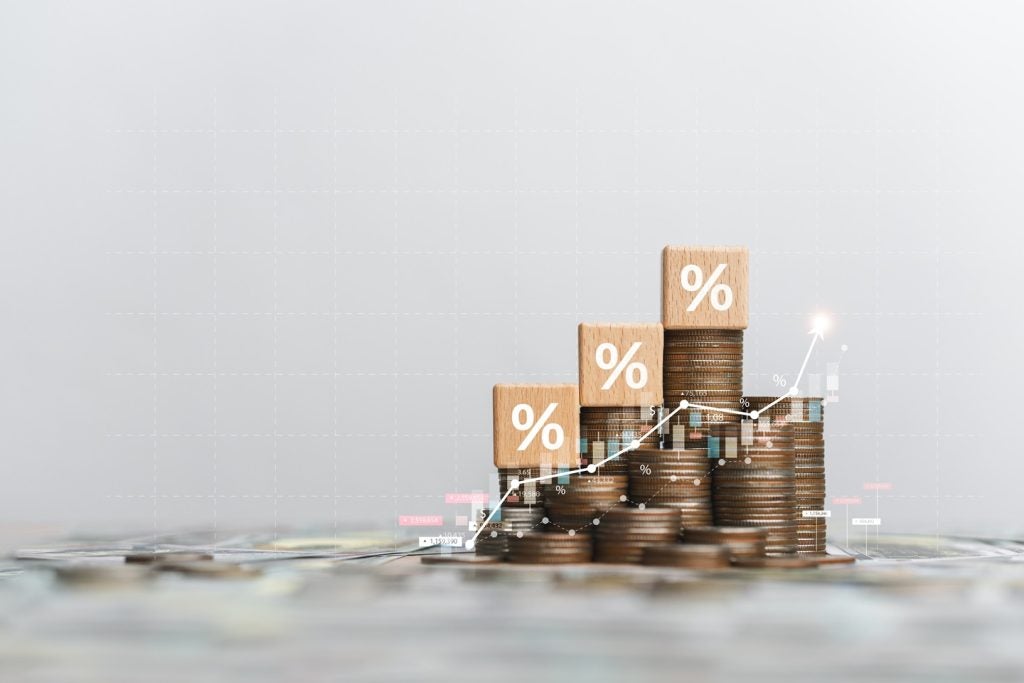
Patricia Voorhees from The Alta Group, a global consultancy to the equipment finance sector, offers a US perspective on why several recent events are likely to accelerate the pace of growth for investment in climate equipment finance.
This article has been edited and originally appeared in MonitorDaily.
As power generation inexorably transitions from carbon-intensive to greener, sustainable technologies, the already-immense financing potential for the climate equipment that’s integral to that transition will grow substantially.
There is a sizable pool of investment capital, from public and private sources, that can support production and deployment of renewable energy equipment and associated infrastructure now, and — as newer technologies enter commercialisation — that pool will expand to propel future market growth.
Several recent events are likely to accelerate the investment momentum:
- The Inflation Reduction Act and the Bipartisan Infrastructure Law (BIL), will contribute about $370 billion towards the estimated $1.1 trillion the US government will spend over the next five to 10 years to facilitate the conversion to clean energy, including expanded tax credits, grants and other incentives. What’s particularly intriguing about the BIL is its $70 billion worth of clean-energy technology and demonstration projects — a resource whose value could be greatly enhanced with the help of the IRA’s grants, tax and product credits.
- The Glasgow Finance Alliance for Net Zero (GFANZ), was created last year to help fund progress towards sustainability and achieve the greenhouse gas emissions goals of the 2015 Paris Agreement. Its 500-member financial institutions control over $150 million in assets that could be tapped for this purpose.
- At the United Nations’ COP 27 annual conference, US Climate Envoy John Kerry, in conjunction with the Rockefeller Foundation and the Bezos Earth Fund, announced the development of the Energy Transition Accelerator (ETA), which is intended to help middle-income nations invest in renewable-energy projects by selling carbon credits to US companies. Simultaneously, COP 27 conferees announced the creation of a Net-Zero Data Public Utility, a publicly available central repository of real-time data on carbon emissions by businesses.
Here is an overview of climate equipment finance and the factors that will influence its evolution.
How well do you really know your competitors?
Access the most comprehensive Company Profiles on the market, powered by GlobalData. Save hours of research. Gain competitive edge.

Thank you!
Your download email will arrive shortly
Not ready to buy yet? Download a free sample
We are confident about the unique quality of our Company Profiles. However, we want you to make the most beneficial decision for your business, so we offer a free sample that you can download by submitting the below form
By GlobalDataScope of opportunity: How big can the market grow?
It’s hard to be precise about the potential for climate equipment finance. We do have estimates of how much capital investment will be necessary for the US: The International Energy Agency (IEA) predicts that, on average, through to 2030, $4.3 trillion annually will be needed for all decarbonisation technologies and $300 billion to $500 billion will be required for breakthrough decarbonisation technologies.
The market size also will be shaped by the continuing emergence of renewables and transition from fossil fuels; hence, by 2030, wind and solar power are expected to increase sixfold, while transportation-related oil demand is expected to decrease by more than 33%.
What climate finance equipment would drive that growth?
Several types of renewable energy equipment and supporting infrastructure are spurring market growth.
The renewable energy equipment includes products currently prominent in power generation — solar panels and wind turbines — and others that will greatly impact the future but aren’t quite ready yet — namely, electrification and distribution infrastructure, hydrogen, bioenergy, and carbon capture, utilisation and storage, (CCUS) equipment.
Somewhere in between is utility-scale battery storage; while its potential hasn’t been fully realised, there has been significant growth in this area since 2020, and the US Energy Information Administration expects US operating storage capacity to expand from 7.8 GW now to 30 GW by the end of 2025.
Sizable investments by multiple manufacturers are making electric vehicles and trucks (EVs) and their charging infrastructure a significant growth factor.
Real property is represented here, too, thanks to the increasing importance of energy-efficiency equipment such as LEF lighting (for power supplies, dimmers, relays, LED drivers and emergency systems), water filtration and HVAC systems, and rooftop solar components (panels, inverters and mounting structures).
Circular economy (reuse, remake and recycling) solutions will become more widely available through sharing platforms, where companies receive a fee by connecting owners and temporary users of equipment, and subscription-based models, where customers pay recurring fees to use, rather than own equipment.
Green hydrogen, which is produced through electrolysis from renewable energy sources of electricity, will factor in later on, as production becomes less costly.
Carbon sequestration, where plants increase soil carbon stocks by capturing and storing CO2, could potentially help agriculture become a net-negative emissions sector. The market for waste reduction equipment and solutions is great, too, since food loss and waste account for 8% of all human-generated greenhouse gas emissions.
What are the immediate opportunities?
All the equipment categories described above are immediate opportunities, except for green hydrogen, which has good potential but will take longer to be realised. Electrolysis is very expensive, and the large electrolyzers needed for this purpose are scarce. Moreover, green hydrogen is very flammable, so it’s difficult to store and transport.
Nevertheless, the technological hurdles aren’t insoluble, and current research is examining how to improve the performance and lower the cost of electrolyzers. Also, the gas can be adapted to multiple uses, including possible applications in long-term energy storage and heating.
While distribution equipment isn’t commercialised yet, there is a tremendous investment in this technology. And, as indicated above, battery storage capacity has really taken off since 2020, when it was a meagre 1.5 GW. In fact, the growth is so strong that it has surpassed the pace of early-stage solar capacity from a decade earlier.
How to structure deals in key segments
There are three generally accepted arrangements for financing renewable energy projects at different stages: development (the first six to 24 months), where developers sell an asset when the Notice to Proceed is issued; build to sell (the next one to two years), where developers develop and install the asset and sell it when it begins commercial operation; and third-party owner/sponsor (the following six to 20 years), where a third party develops, installs and operates the project.
Beyond the time-specific structures, there are financing formats that work well with types of equipment and projects.
The commercial PACE model can fund rooftop solar and other qualifying energy efficiency equipment (e.g. LED, HVAC, water filtration.) The advantage is that owners repay the lien through a property tax assessment, so even if the property is sold, the financing structure stays intact, which makes it easier to invest in long-term asset performance.
CPACE transactions are long-term, (20-year) and originated most often at mortgage finance or refinance events such as property development or redevelopment.
Energy-efficiency-as-a-service is attractive, in part, because of the many enhanced credit options it can leverage, including the National Green Bank — an IRA-created clean energy technology accelerator that can reinforce loans, especially in low-income markets — green banks in several states that also offer rebates, loans and credit enhancements, as well as US Department of Energy loan guarantees. This model offers flexible financing alternatives that can cover many climate equipment technologies and ensure effective lifetime asset maintenance.
New vendor finance opportunities also are emerging for equipment, such as battery storage, and to help existing vendors, such as EV manufacturers, grow their businesses.
Finally, green bonds are financing new and existing environmental and sustainable-resource projects. For instance, Trinity Industries Leasing issues green-finance mechanisms, such as green loans and green non-recourse ABS bonds, that are backed by green-eligible assets.
What resources will lessors need?
All the potential climate equipment financing structures will require risk, pricing, underwriting and asset management support.
One support option involves hiring experienced resources, but it’s the most problematic because many of these financing structures are new and, consequently, there is little or no experience available. Another option is partnering with new or existing equipment vendors to create structures that appropriately share risks and rewards between the partners. Or lessors can purchase or become minority funding participants in contracts with honourable originators to learn typical structures, pricing and documentation.
How will the CFWG support climate finance initiatives?
The Climate Financing Working Group will advance climate finance by furnishing education, best-practice sharing and government advocacy.
Accordingly, the CFWG will tout the market opportunity and profitability potential for climate finance to ELFA members, tell how federal and state incentives for climate finance work, and ensure that the SEFA includes climate finance segmentation data.
A global organization — the IEA reported milestones for hitting net zero by 2050, globally and spanning many diverse industry sectors. What will be indispensable to achieving these climate goals are abundant capital and the financing expertise to deploy it efficiently and profitably.







